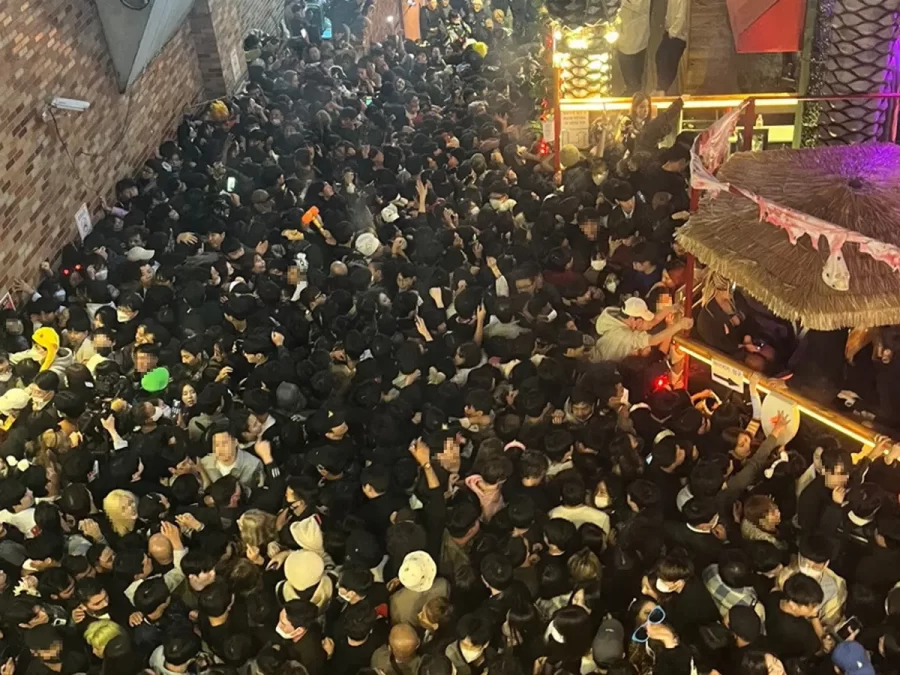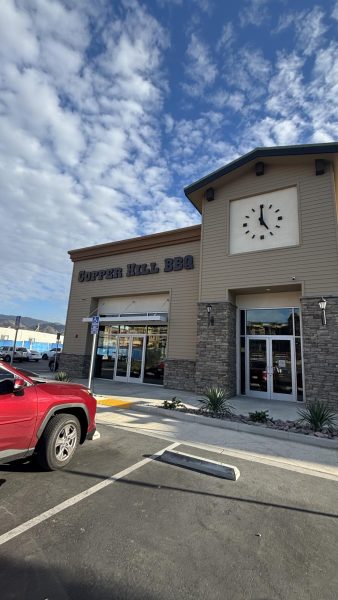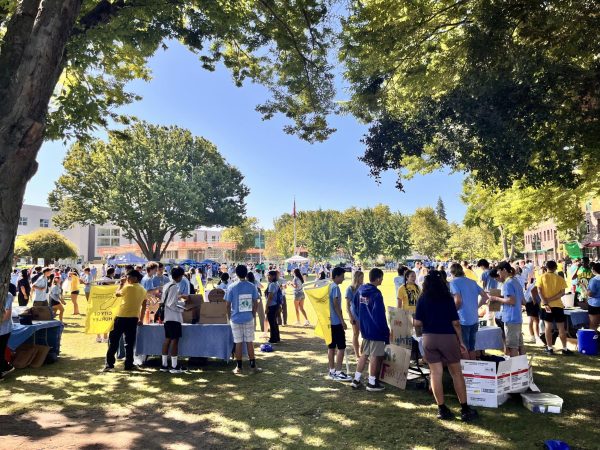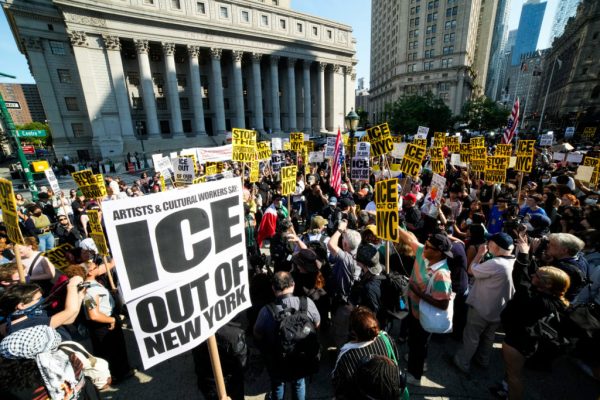The Itaewon Crowd Crush Tragedy
Seoul: at least 153 dead after crowd crush at Halloween celebrations
The Itaewon district in Seoul, South Korea, has been a long-time epicenter of liveliness and entertainment. With its large numbers of restaurants, nightclubs, and bars, it attracted both tourists and locals alike, flocking to its streets to experience its reputable attractions. However, the district’s eclectic nature turned deadly on the night of Saturday, Oct. 29, when a crowd crush left over 150 people dead.
Itaewon’s narrow streets and restricted access points left around 100,000 Halloween party goers compacted and constricted in the streets together. This dangerous situation left people unable to move. Before people began to get crushed in the small alleyways, there were reportedly at least 11 emergency calls made for help.
Many questions are arising about police inadequacy taking place during this tragedy. Out of the eleven calls made before the crush turned deadly, authorities only responded to four without an adequate amount of responders or aid. Emergency responders also lagged, with ambulances arriving after it was too late for many people. According to experts, this tragedy could have been prevented or less severe if authorities had been there to control the foot traffic in these areas.
The danger within these crowd crushes comes from the lack of oxygen one is able to breathe in while in a compacted crowd. In a highly dense and unsafely crowded area, it becomes very difficult to breathe. This cutting off of oxygen will eventually lead to compressive restrictive asphyxia. In simpler terms, this means that the victim will end up suffocating to death from lack of oxygen.
Additionally, any move made by someone in the case of a large-scale crowd crush can prove fatal. If someone in the crowd moves too much, trips, or gets shoved, it can start a domino effect that will end with large numbers of people falling to the floor and losing access to the oxygen in the air above the heads of the crowd. Situations like this are what cause most deaths during crowd crushes.
In the case of Itaewon, the reported density was 12 people per square meter, which is a highly dangerous density. The maximum recommended density for a crowd is five people per square meter.
Crowd surges have been coming up in headlines more and more frequently. Some notable recent occurrences that come to mind are the Astroworld Festival crowd crush and the Meron crowd crush. But how do these crises happen, and how do we prevent them from happening in the future?
These situations take place when there are more people than are able to fit within a certain area, forcing them to group together in numbers that are highly unsafe. In cases like the Astroworld Festival, people were jumping the fences to get to it, so there were much more people than expected at the show, causing the crush. In Itaewon, thousands of more people showed up in the district than the year prior.
While there is no foolproof plan to prevent crowd crushes from happening, there are a few things you can do to attempt to stay safe if you do find yourself in one. For example, make sure you keep your head as high up as possible, and don’t bend down for any reason. Try to stay as still as possible to prevent yourself or others from falling. If you feel that you have to try to get out, move through the crowd in a diagonal direction to try and avoid hitting anyone up front, and try to reach the edge of the crowd.
Crowd crushes are highly dangerous and occur far more often than one may think, but if we all know the correct precautions to take in one, we can help keep each other safe and prevent a large-scale crowd crush from happening again.
Your donation will support the student journalists of Canyon High School. Your contribution will allow us to pay for our print issue magazine, website, and equipment costs.

Ava Welch is the Copy Editor of the Pony Express. She is a senior in high school and this is her second year in the journalism program. In her junior year,...






